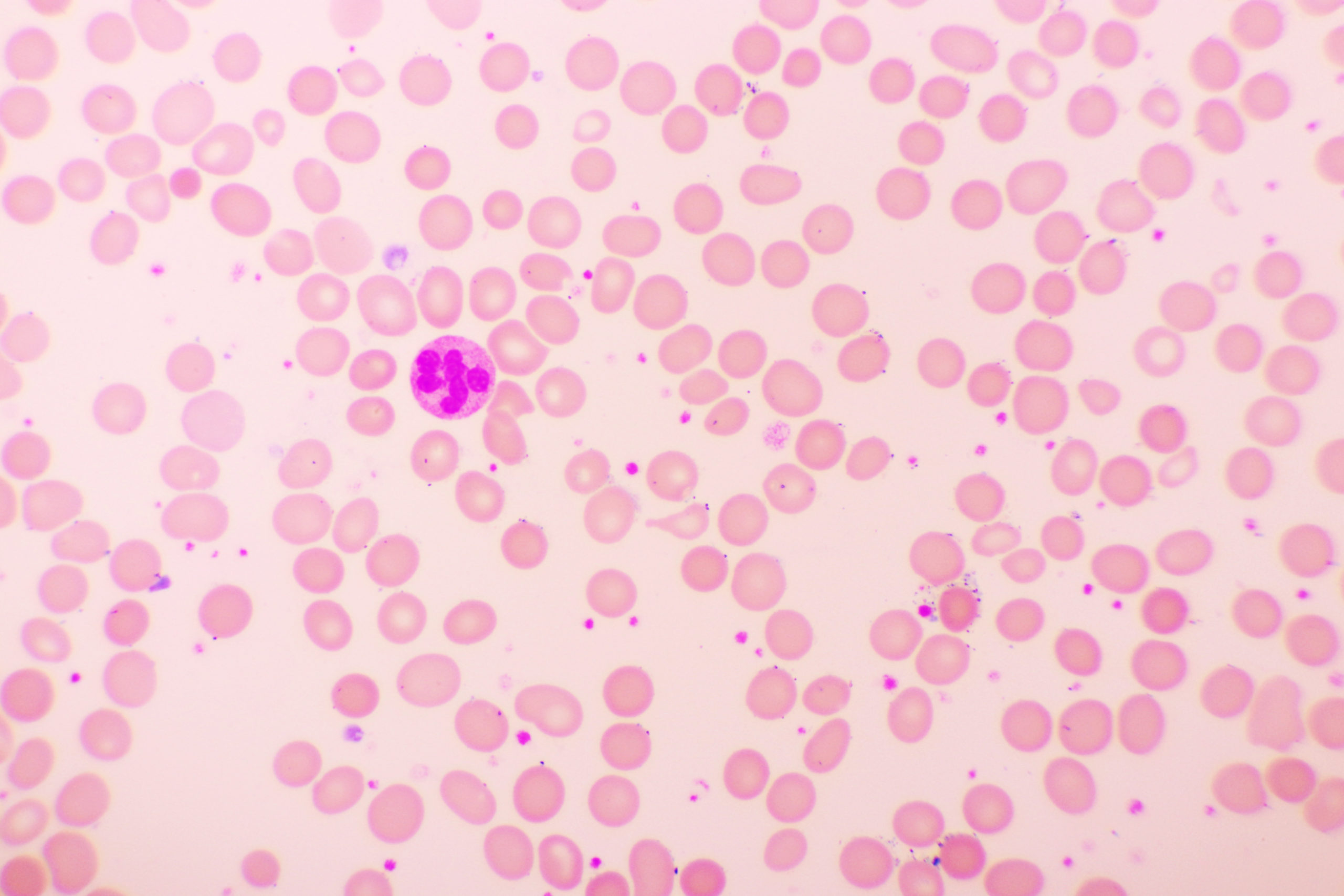Could not find what you are looking for?
- Health Library
- When a Silent Clot Turns Fatal
When a Silent Clot Turns Fatal

It was a joyous recovery—until it wasn’t. Full of hope, the patient had just begun to regain strength after a successful surgery when, suddenly, they collapsed. The family was left stunned—without a chance to say goodbye. What went wrong?
This is the terrifying truth behind Deep Vein Thrombosis (DVT), a condition that can silently become fatal if not detected in time. DVT occurs when a blood clot forms in the deep veins of the legs. If this clot dislodges and travels to the lungs, it can cause a Pulmonary Embolism (PE), a potentially deadly complication.
Warning Signs You Shouldn't Ignore
DVT Symptoms
- Swelling in one leg
- Pain or tenderness
- Warmth and redness over the affected area
PE Symptoms
- Sudden shortness of breath
- Sharp chest pain
- Light-headedness or fainting
Coughing up blood
Diagnosis & Treatment
VTE is diagnosed using tools like Colour Doppler, Echocardiogram & CT Pulmonary Angiography, along with a thorough medical history and physical examination.
Treatment aims to prevent the clot from growing or traveling further.
• Anticoagulants (blood thinners)
• Thrombolytics (clot busters)
• Surgical options such as mechanical thrombectomy, catheter directed thrombolysis or vena cava filters in severe cases.
Featuring insights from Dr Balaji V, Vascular Surgery, Apollo Hospitals, Greams Lane, Chennai
? For appointments, call Apollo Hospitals Chennai at 044 4040 1066










